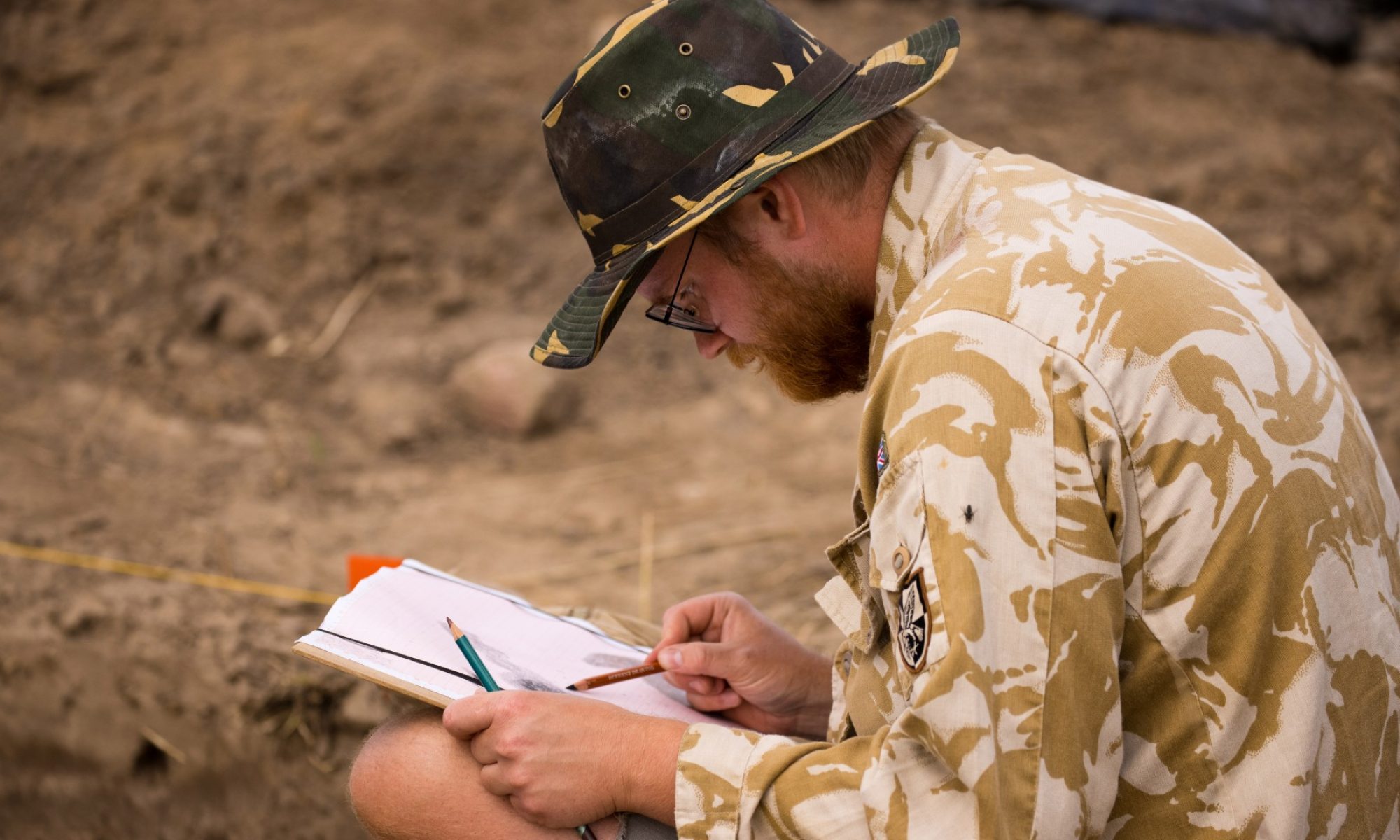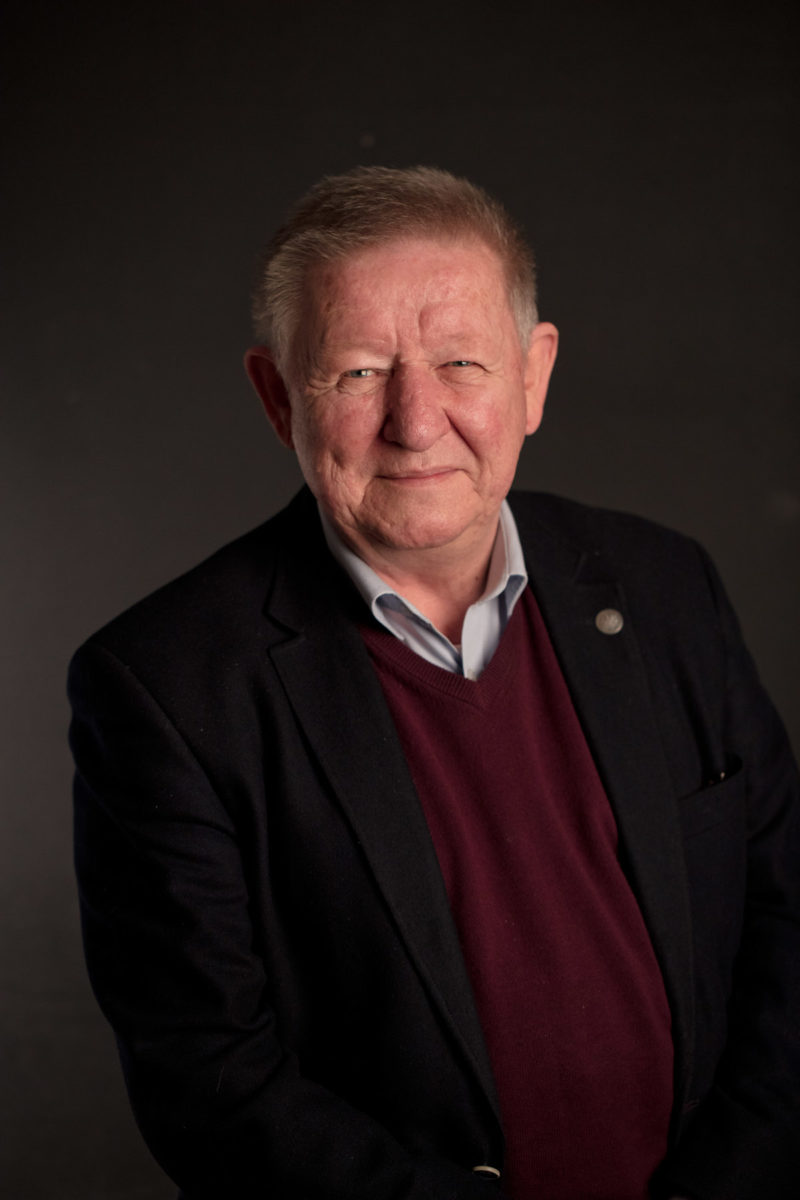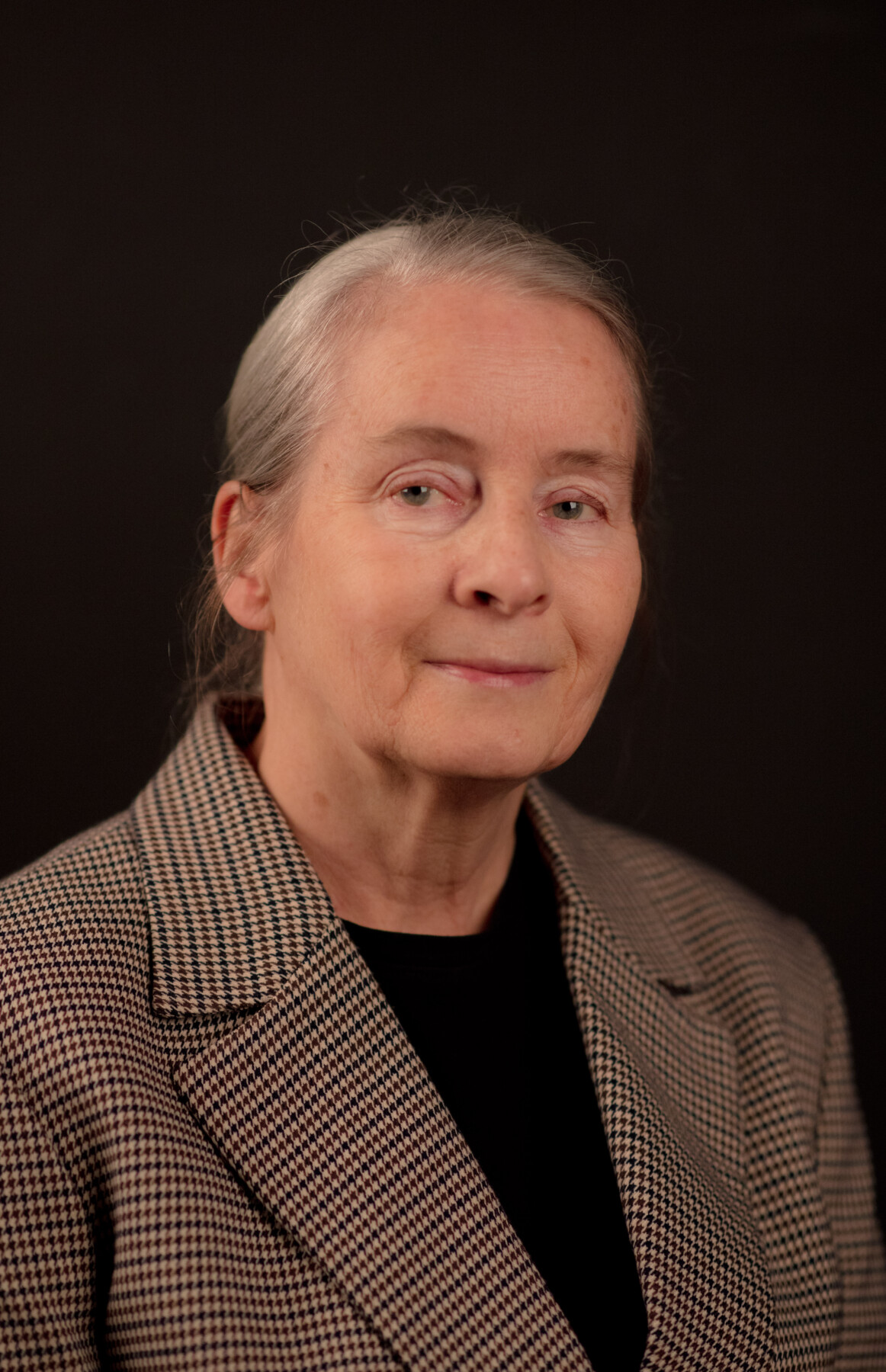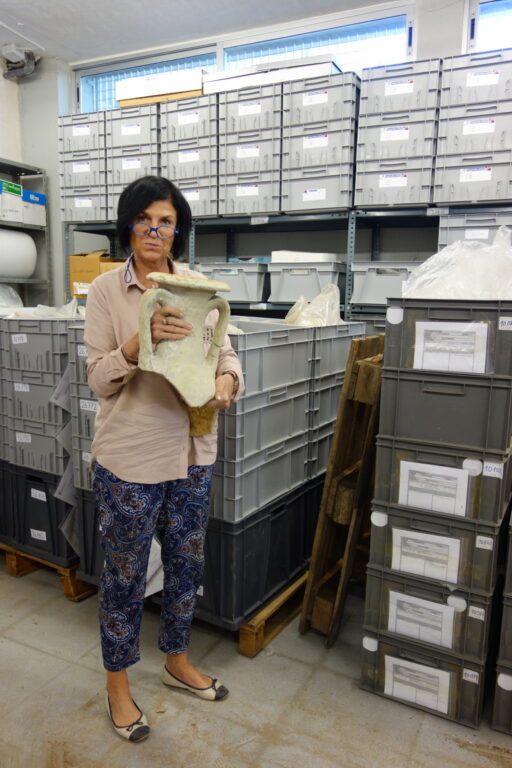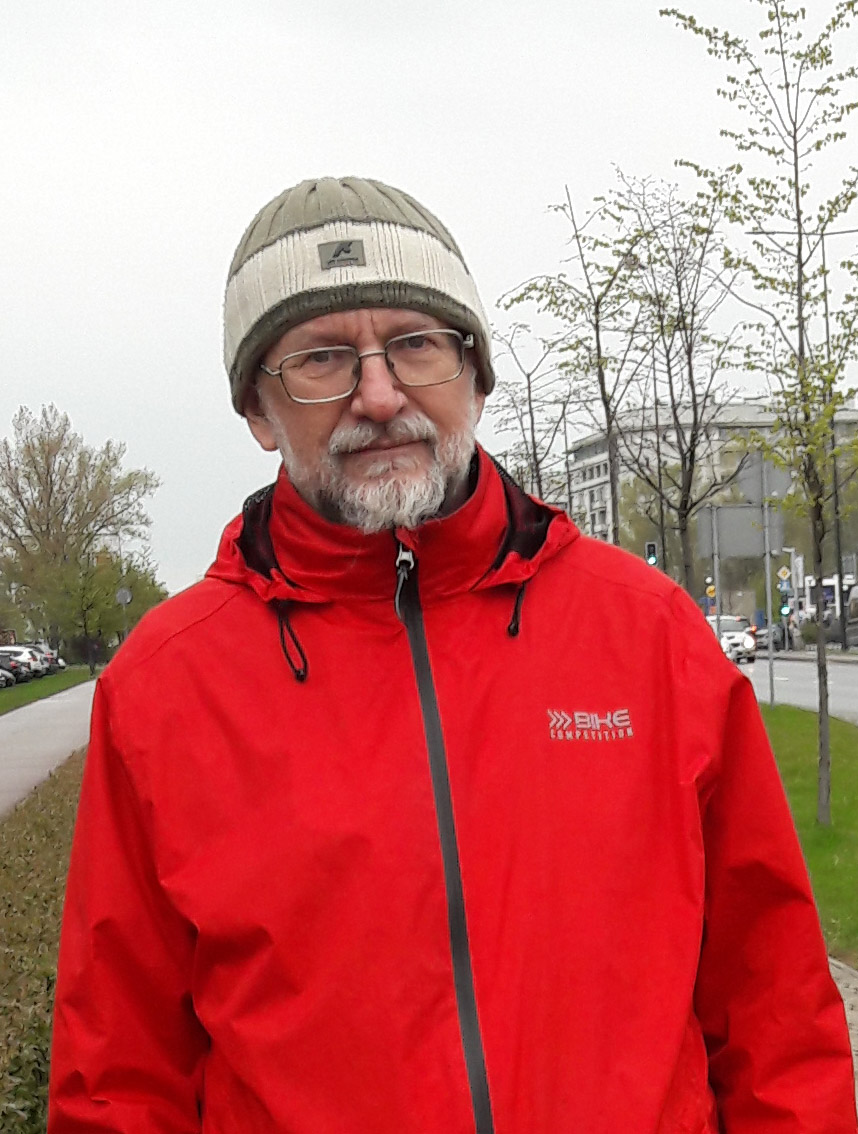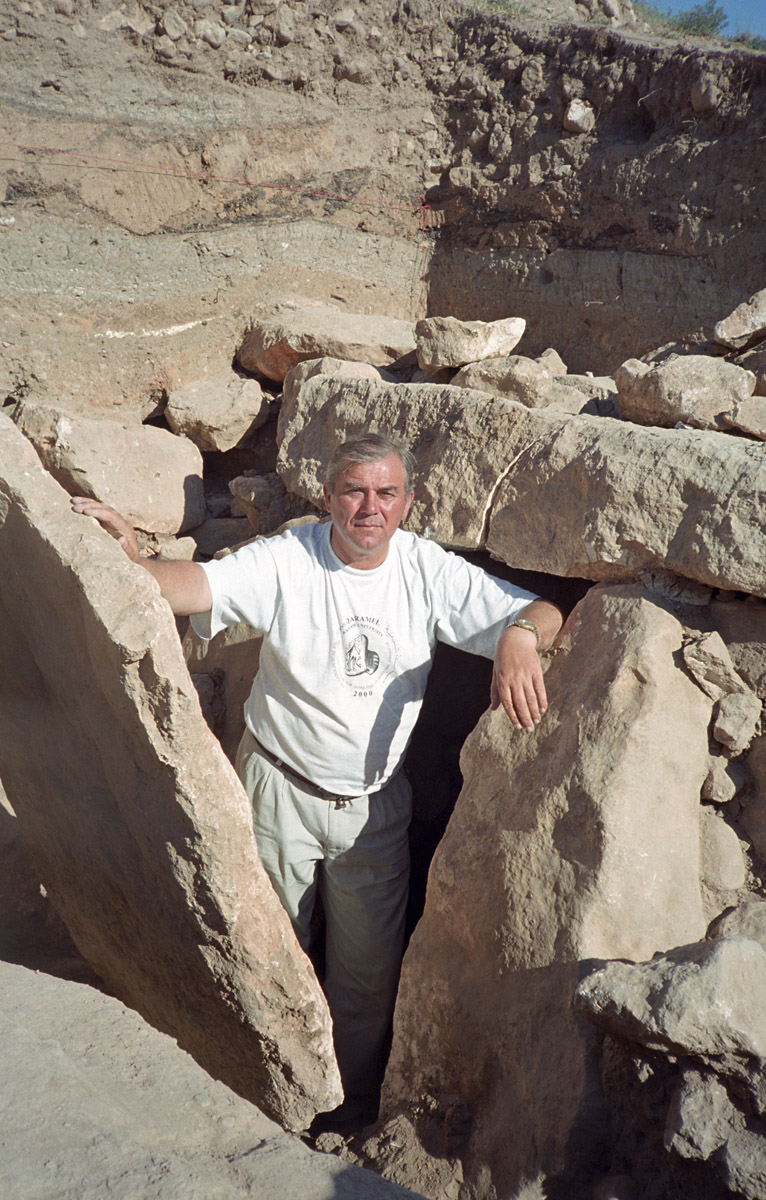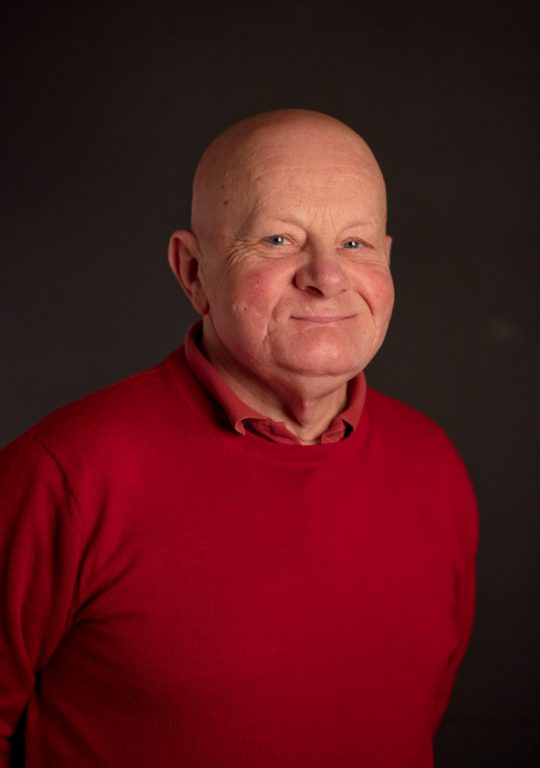
dr hab. Marek Tycjan Olszewski
Katedra Archeologii Klasycznej
(lived in the years 1962–2024)
research interests:
– Archeology of Hellenism (but also of classical Greece), Archeology of Rome and Roman Provinces, Early Christian Archeology; Archeology of Late Antiquity (III-VII century)
– I am interested in geographic areas covering the Hellenistic Monarchies, the Roman Republic and the Roman Empire as a whole
– I am particularly interested in monuments of visual arts: ancient mosaics, but also Hellenistic and Roman paintings, and monuments of funerary art in the context of the architecture of private constructions of the Hellenistic and Roman elites (houses, villas, seaside villas, tombs). I treat the artifacts of visual arts as a pretext for a broader understanding of the historical, social, economic, cultural and religious issues of Hellenistic, Roman and late antique societies
– I use several methods in my researches: interdisciplinary research method, microhistory, and the cognitive method
bibliography and C.V.:
PROFESSIONAL RESUME PROFILE – CV OLSZEWSKI
A DETAILED ACCOUNT OF MY EDUCATION, SKILLS AND WORK EXPERIENCE – CV OLSZEWSKI
PDF’ textes of publications:
Academia.edu
RECENT SCIENTIFIC DISCOVERIES:
1. Discovery of the exact date of the foundation of Pella / Apamea in Syria, one of the largest and most important urban centers in the Hellenistic and Roman period. Discovery and description of the hitherto unknown historical context of the circumstances of the foundation of Pella / Apamea in the early autumn of 320 BCE See author’s articles in French, English and Italian: https://www.academia.edu/38354542 ; https://www.academia.edu/34559128 ; https://www.academia.edu/39501634 ; see articles in the Polish media: https://www.academia.edu/40526115 ; https://naukawpolsce.pap.pl/aktualnosci/news,78036 ; https://www.uw.edu.pl/skradziona-mozaika-zrodlem-wiedzy-historycznej/?highlight=olszewski ; see articles in the English media: https://www.academia.edu/40536908 ; https://www.academia.edu/40593760 ; https://scienceinpoland.pap.pl/node/78097 ; https://archaeologynewsnetwork.blogspot.com/2019/08/photos-of-looted-mosaics-help-pinpoint.html ; see articles in the Greek media: http://www.tapantareinews.gr/2020/02/blog-post_567.html.
2. Identification of the unknown and first portraits of Alexander the Great’s successors: Antipater, Cassander, but also Apama and Archippos; see author’s articles in French, English and Italian: https://www.academia.edu/38354542 ; https://www.academia.edu/34559128 ; https://www.academia.edu/39501634 .
3. Identification of the oldest water wheel, so-called norii, in Roman iconography; the mosaic is from the first half of the 4th century AD; see author’s article in French: https://www.academia.edu/38354542 ; see articles in the Polish media: https://naukawpolsce.pap.pl/aktualnosci/news,84916,polski-badacz-odkryl-wczesne-przedstawienie-mozaikowe-rzymskiego-kola ; https://www.academia.edu/44721187 ; https://www.uw.edu.pl/odkrycie-najstarszego-kola-wodnego-na-rzymskiej-mozaice-z-apamei/?highlight=olszewski ; in English: https://www.academia.edu/44901704 ; in the Turkish media: https://arkeofili.com/mozaikte-antik-roma-su-carkinin-en-eski-temsili-bulundu/ ; https://arkeonews.com/interpol-tarafindan-aranan-mozaik-yasadisi-satis-icin-cevrimici-yayinlandi/ .
4. Discovery of an important historical fact that the founder of Pella / Apamea was not a legendary figure, as previously thought, but a historical figure, namely the former archon eponymus of Athens – Archippus, who held his office from 321 to 320 BC; see the conference announcement from Vienna of the author’s article in English: https://www.academia.edu/44690524.
5. Discovery and explanation of the narrative and complex iconological program of five mythological and allegorical tales in the House of Aion in Cyprus. The mosaic is an anti-Christian polemic and for this purpose it uses numerous rhetorical figures. Most likely it adorned one of the rooms rented by the Neoplatonic society; see author’s articles in English: https://www.academia.edu/5403368 in French: https://www.academia.edu/43058571 ; see articles in the Polish media: https://www.uw.edu.pl/rozwiazanie-zagadki-rzymskiej-mozaiki-z-pafos/?highlight=olszewski ; https://naukawpolsce.pap.pl/aktualnosci/news,83915 ; https://archeologia.com.pl/starozytna-mozaika-z-pafos-byla-krytyka-chrzescijanstwa/ ; in English: https://scienceinpoland.pap.pl/node/84026 ; https://www.express.co.uk/news/science/1339647 ; https://en.mogaznews.com/collection/1583263 ; in the French media: http://decouvertes-archeologiques.blogspot.com/2020/10/une-ancienne-mosaique-dans-une-maison.html ; in Italian: https://www.danielemancini-archeologia.it/studi-sul-mosaico-della-casa-di-aion-a-paphos-cipro/ ; in the German media: https://antikewelt.de/2020/09/28/kritik-am-christentum-in-form-eines-mosaiks/ .
6. Discovery of eight unknown sundials on Roman mosaics. These new identifications contributed to the completion of the catalog of sundial representations on mosaics to fifteen, as only seven were known previously; see author’s article in French: https://www.academia.edu/19421274; see articles in the Polish media: https://naukawpolsce.pap.pl/aktualnosci/news,79854 ; https://www.uw.edu.pl/nowe-odkrycia-zegarow-slonecznych-na-mozaikach-rzymskich/?highlight=olszewski ; in English: : https://www.archaeology.org/news/8303-191218-ancient-mosaic-sundials ; https://scienceinpoland.pap.pl/node/79958 ; https://en.uw.edu.pl/new-discoveries-of-sundials-on-roman-mosaics/ .
